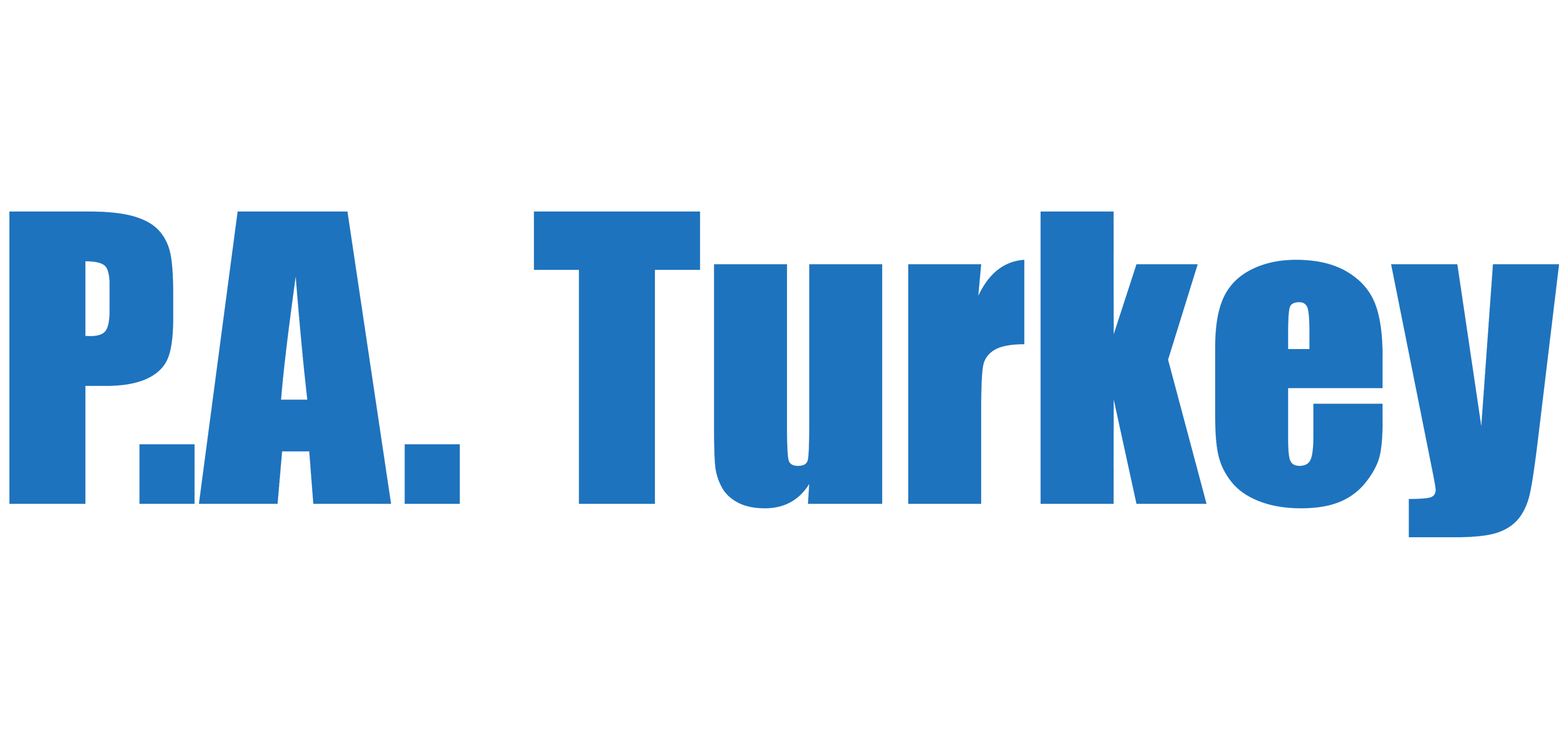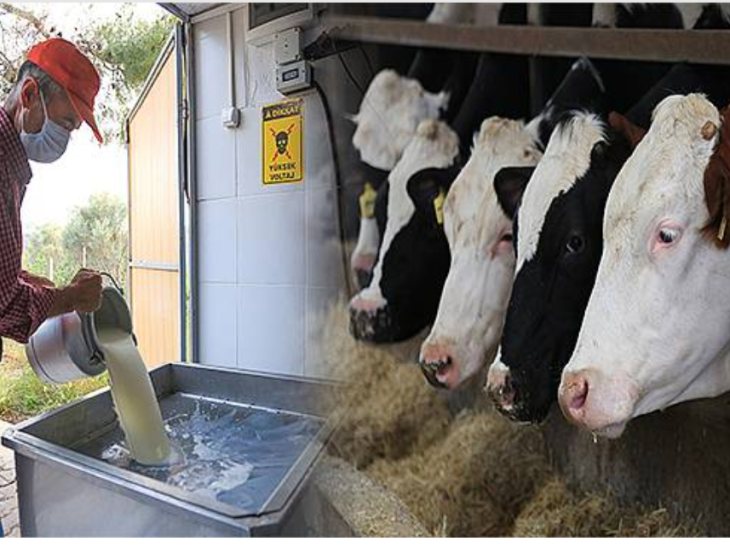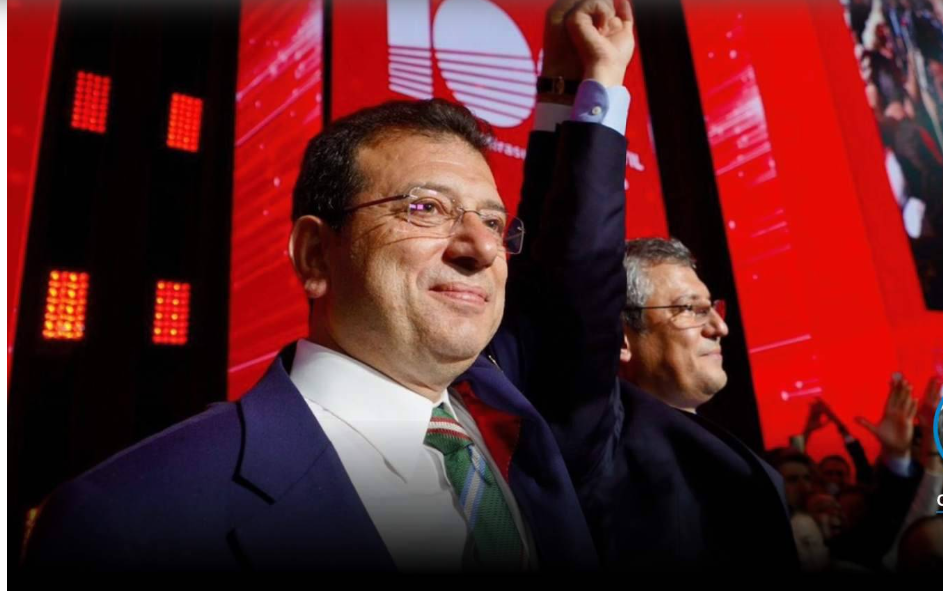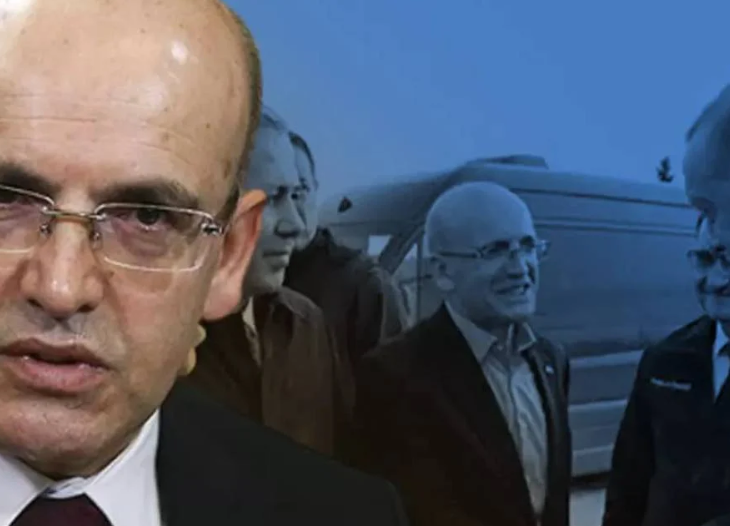Build-Operate-Transfer Projects: The Hidden Cost of Low Tolls
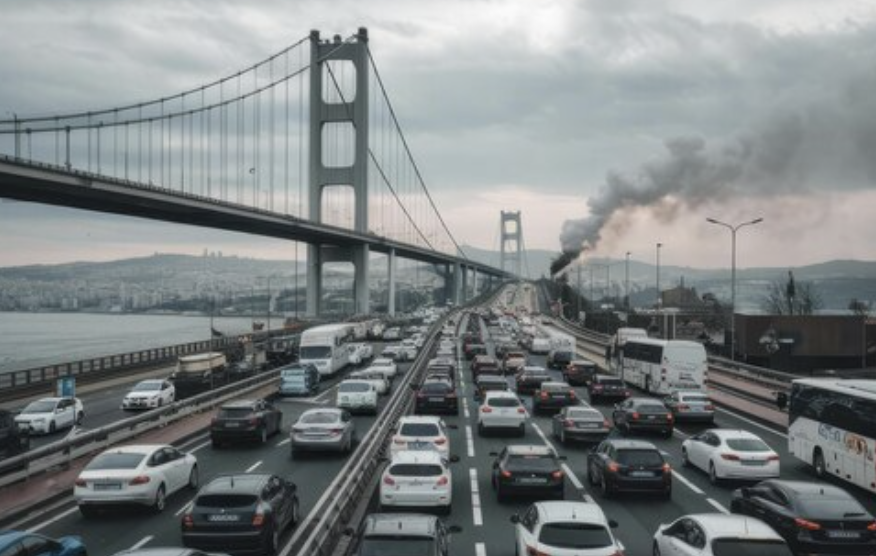 Screenshot 2025-01-09 at 17.27.25
Screenshot 2025-01-09 at 17.27.25
While tolls for bridges and motorways built under the Build-Operate-Transfer (BOT) model appear lower than initial contractual figures, the treasury covers the difference, transferring the burden to citizens through the state budget.
In an article published in T24, journalist Çiğdem Toker delved into the toll system, revealing how seemingly modest toll hikes are offset by taxpayers. Toker explained that toll rates for BOT projects are determined by undisclosed contracts, labeled as “trade secrets,” which include specific formulas for toll calculation.
Tolls Remain Below Initial Contract Rates
Recent statements by Treasury and Finance Minister Mehmet Şimşek provide insight into the toll adjustments. At a MÜSİAD meeting, Şimşek noted that toll hikes were aligned with inflation targets and, in some cases, set below inflationary expectations.
However, Toker’s research shows tolls are significantly lower than the initial contractual amounts:
- Osmangazi Bridge: Initial toll set at USD 35 + VAT (~₺1341.9), but actual toll is ₺795.
- Yavuz Sultan Selim Bridge: Initial toll set at USD 3 + VAT (~₺115), but actual toll is ₺80.
- Çanakkale Bridge: Starting toll at 15 Euro + VAT (~₺590), later increased by 35% to ₺790.
Citizens Bear the Cost of Low Tolls
A clause in BOT contracts allows the government to apply tolls below the ceiling amounts, but the treasury compensates the difference to ensure companies don’t incur revenue losses. According to Toker:
“If the government considers the contractual toll rates too high, it requests lower rates from the companies. However, the treasury pays the difference regardless, ensuring the companies’ revenue is unaffected. Ultimately, this cost is borne by taxpayers.”
Financial Impact on Citizens
Toker highlighted that BOT projects are financed through bank loans, which require repayment guarantees embedded in contracts. These guarantees ensure companies recover their investments, with citizens indirectly footing the bill for both toll payments and treasury compensation.
“These projects were advertised as costing ‘not a penny from the nation’s pocket,’ yet citizens end up paying twice: first through tolls and again through taxes used to cover treasury payments,” Toker concluded.
This dual financial burden raises questions about the sustainability and transparency of BOT projects in Türkiye.
